The aloe vera plant is a succulent, tropical perennial flowering plant that tends to bloom sporadically throughout the year depending on the variety of aloe vera.
The aloe vera plant, found in the US, blooms once a year, under the right conditions. There are various species of the plant, each blooming according to the hardiness of the plant, the location, and the variety.
The plant is native to Africa, the Arabian Peninsula, Madagascar, Jordan, as well as various islands in the Indian Ocean.
Find out why soil is important for plant growth.
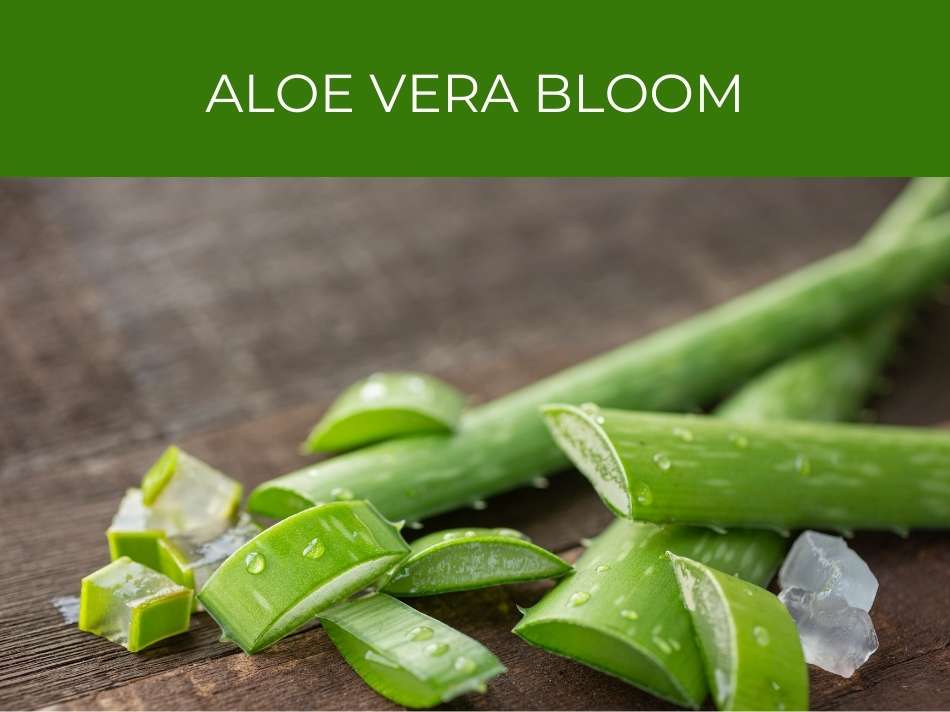
Aloe vera bloom
There are over 400 species of the aloe vera plant.
Many of these species tend to bloom under the right conditions and the flowers are a spectacular sight to behold.
The aloe vera blooms in beautiful shades of yellow, red, orange, and white. The flower spike of the aloe vera plant is commonly referred to as the inflorescence. The blooms rise above the rosettes. Aloe typically flowers once per year.
The flower of the aloe vera plant serves many purposes, which include combating digestive and immune issues.
Find out what plants need to grow.
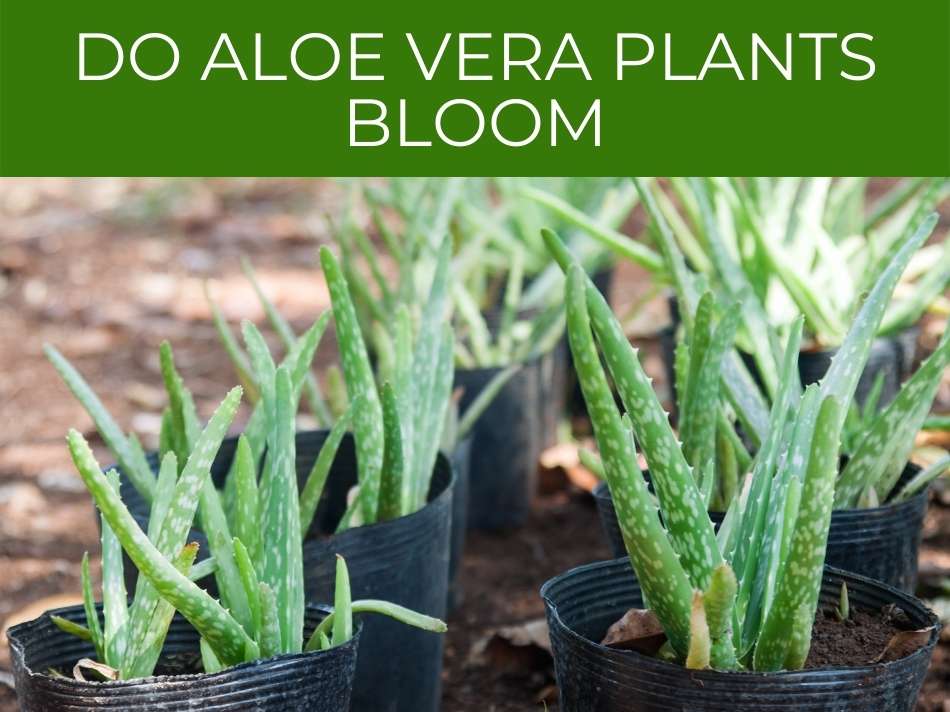
Do aloe vera plants bloom
Aloe vera plants, a succulent, vary in size and species. Essentially, the plants may be as small as two inches, while some grow as large as forty feet in height.
The plant begins its life as a small rosette which takes the form of several leaves.

Interior aloe plants don’t generally bloom. However, with special care, some older plants may bloom. The age of the aloe vera plant will determine when it blooms. Essentially, aloe vera plants need to be at least 4 years old before flowering.
There are several factors that help to determine if and when an aloe vera plant blooms.
For example, apart from the age factor, an aloe vera plant requires warm temperature, a sufficient amount of watering at the appropriate time, proper nutrition, as well as proper care, in order to bloom.
Find out why plants need water.
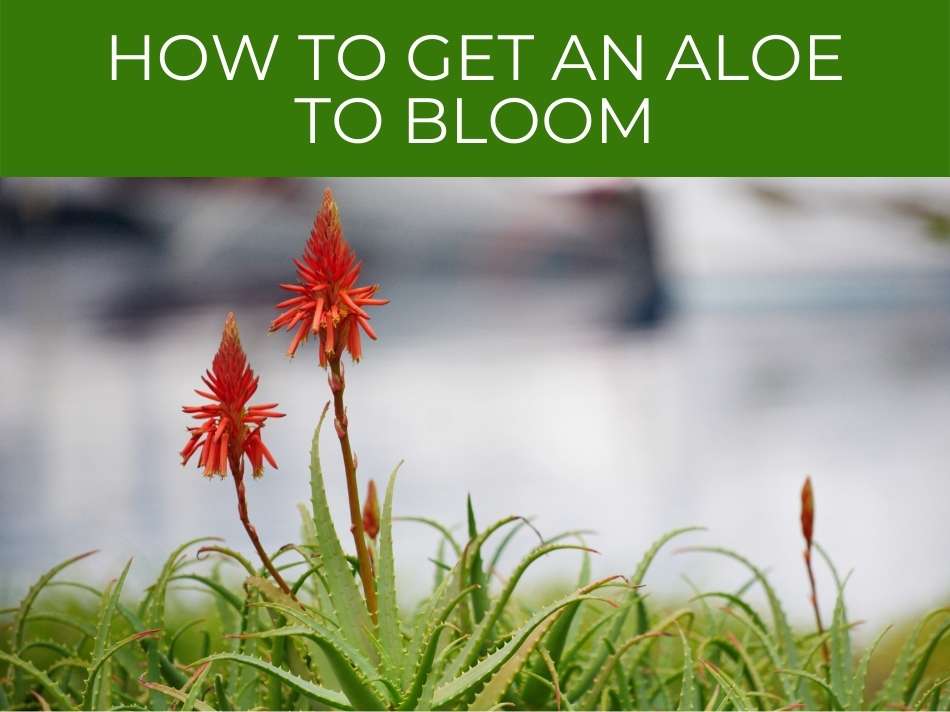
How to get an aloe to bloom
It may be more challenging to get an aloe plant to bloom if the plant is a houseplant.
There is a large variety of aloe plants that each produce its own beautiful hue of flowers. However, to get the plant to flower, the gardener/grower needs a unique and specific set of circumstances.
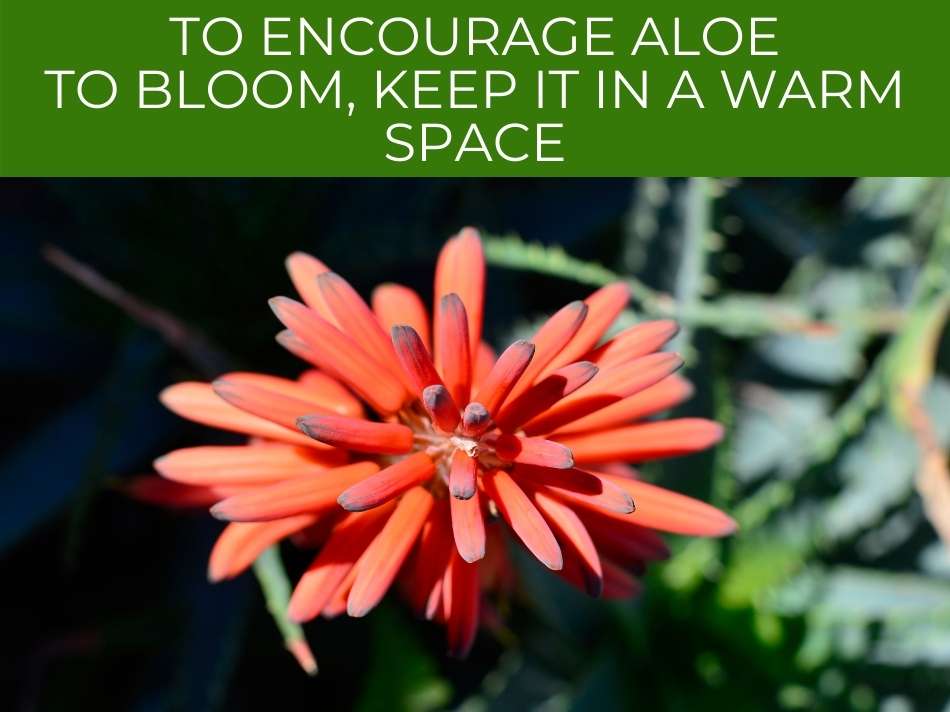
To encourage aloe to bloom, keep it in a warm space. The best temperature to encourage blooming is between 70°F and 85°F during the daytime. The temperature should not be lower than 60°F in the evening. In addition, ensure that the plant has sufficient nutrients, & water.
These plants are created for the desert environment. In order to get the plants to bloom, it may be best to imitate the desert environment by placing the plants under direct sunlight for an extended period of time during the day.
This will require you to move the plant throughout the day to ensure that it is under constant sunlight.
See how to make your own mini indoor greenhouse.
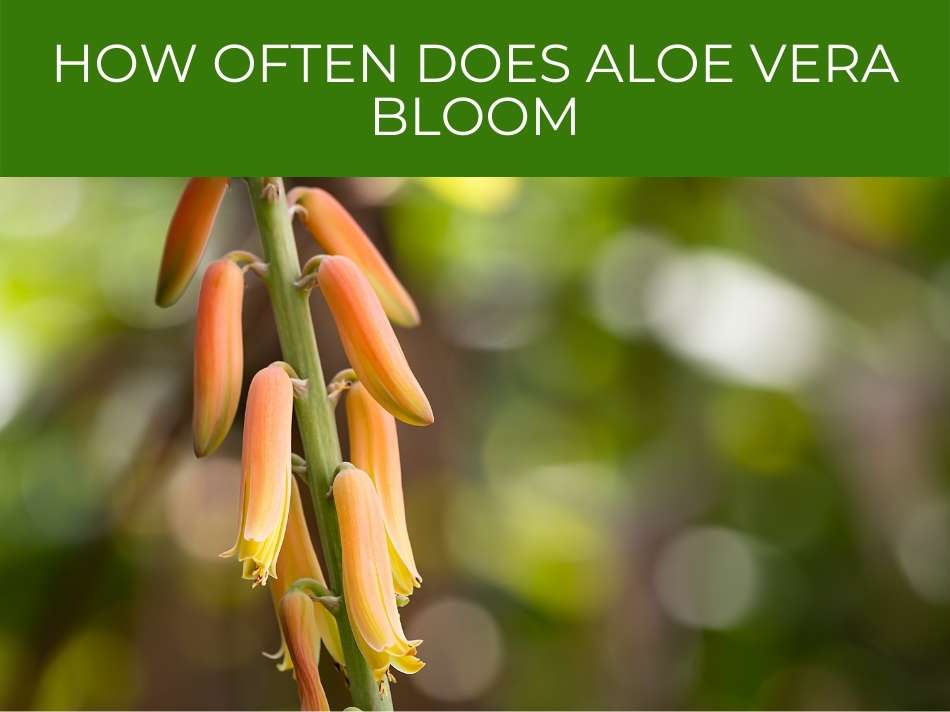
How often does aloe vera bloom
Indoor aloe vera plants rarely bloom on their own. However, with special care, these plants may bloom indoors.
The blooming aloe vera plant offers intrigue, aesthetic appeal, and mystery to most landscaped gardens.
However, not all aloe vera plants bloom, but those in outdoor gardens that receive proper care and maintenance will readily bloom.
Most aloe vera varieties bloom once a year, but some can flower 3 – 4 times per year. The aloe vera plant will start to bud in late winter and may produce flowers in early spring. These plants bloom for approximately 2 – 3 months, after which, the flower stalk dies back.
Younger aloe vera plants, usually under four years of age, will not bloom, whether inside or outside.
However, some aloe varieties–such as Aloe variegata–can bloom 3 – 4 times per year.
Essentially, most outdoor plants will bloom during spring or summer which is the peak growth season for the plant. In addition, the location where the plant grows may produce sporadic blooming during other seasons as well.
See how light affects plant growth.
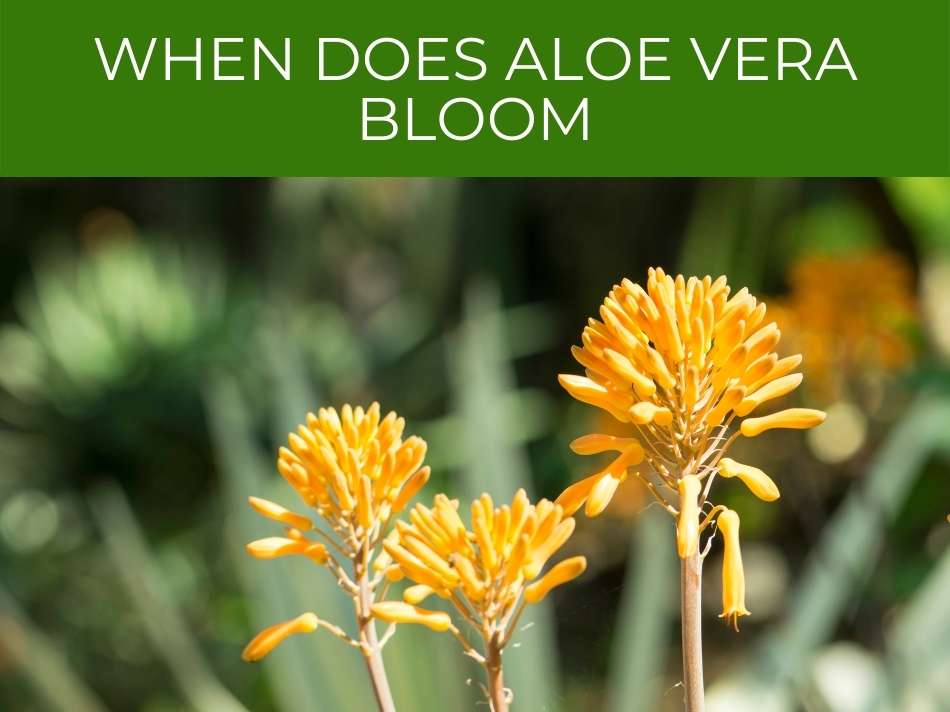
When does aloe vera bloom
The aloe vera plant blooms only during a specific time of the year, depending on the location of the plant, the care that has been given to the plant, and the conditions in which the plant grows.
The time of blooming depends on the species of aloe vera, but different plants bloom sporadically throughout the year.
Aloe vera flower buds start during winter. During this period, the temperatures are at their lowest and the days are shortest. The buds develop at a relatively slow rate. Aloe vera plants in hardiness zones 10 through 12 start to bloom during the spring or summertime.
The blooming of the aloe vera plant can be encouraged at any time of the year by providing the ideal weather conditions that emulate the dessert. For example, indoor plants that receive special care can bloom at any time of the year.
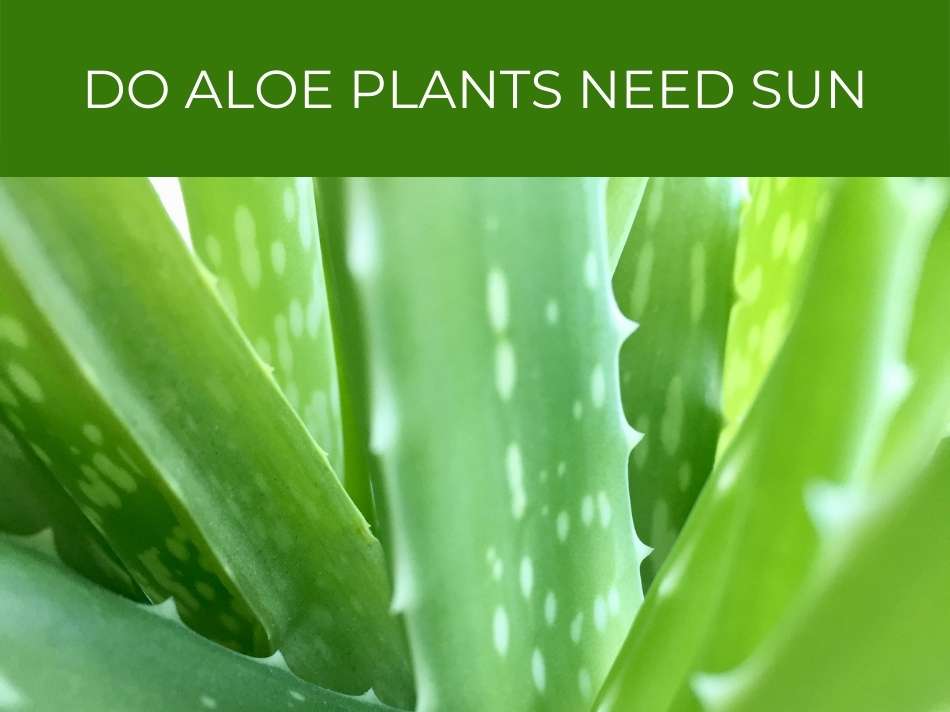
Do aloe plants need sun
All plants require at least some sunlight in order to grow and photosynthesise. Some plants, such as succulents are designed to be drought tolerant and survive on minimum water supply.
These plants are not like some houseplants that require minimal light in order to thrive and grow.
The aloe vera plant requires a minimum of 6 hours of direct sunlight per day in order to grow & thrive. The plant requires extended, direct sunlight to prevent it from getting leggy. Without sufficient sun, the stem will grow weak & the plant may topple.
It is evident when an aloe vera plant does not receive sufficient sunlight.
You may notice that the leaves will start to crease or may even bend at the base of the leaves or in the middle of the leaf.
Another indicator of insufficient sunlight may be pale leaves or leggy growth.
Six to eight hours of direct sunlight should be sufficient for this plant.
Find out if plants can grow without sunlight.
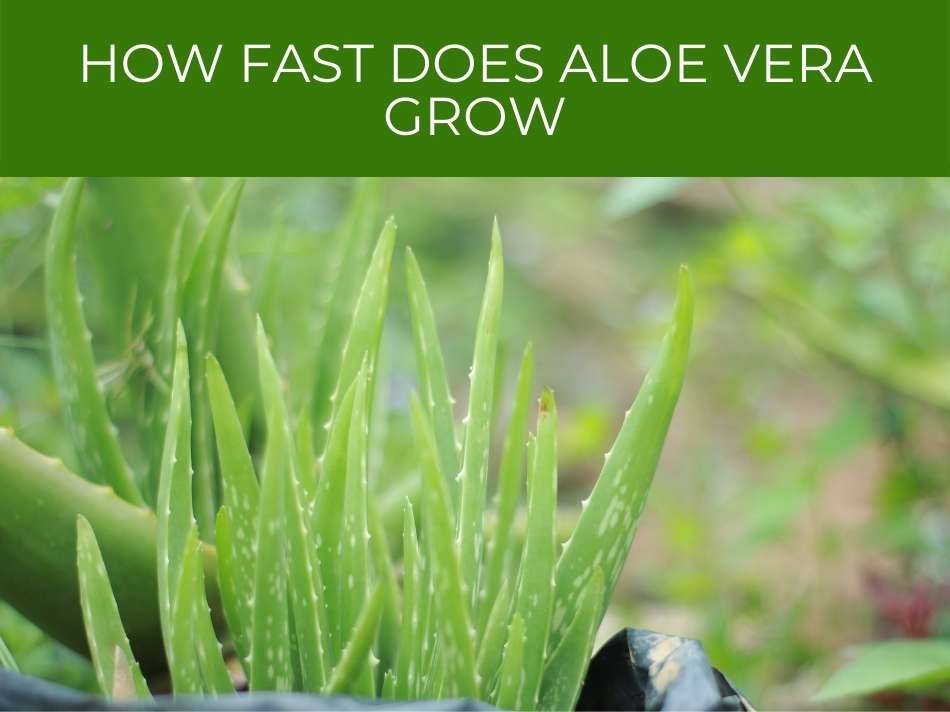
How fast does aloe vera grow
Aloe vera is a succulent and known as the fastest-growing succulent species.
However, the time it takes for this plant to mature when grown inside, is considerably slower than traditional houseplants.
Indoor aloe vera plants may take from 3 – 4 years to grow from a pup to a fully developed plant. The leaves of mature plants grow to be 8 – 10 inches in length. The plant grows a new leaf once a year. The plant will grow much faster when grown outdoors.
There are ways to help speed up the growth of the plant.
For example, you should plant the aloe vera plant in a bigger pot with a lot of drainage holes, with well-draining potting mix, water the plant infrequently and deeply, fertilize in summer and spring, and most importantly, place the plant under direct sunlight for up to eight hours each day.
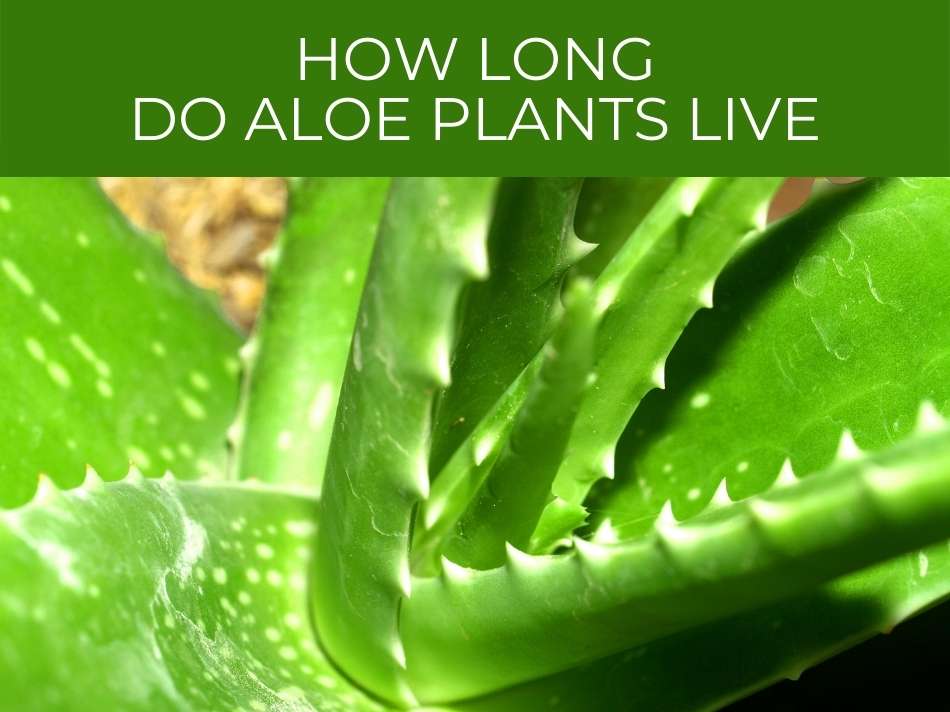
How long do aloe plants live
Aloe vera plants, generally speaking, are very low maintenance plants that are relatively easy to keep alive provided that you offer the right conditions.
These beautiful plants are able to provide years of enjoyment when properly taken care of.
Indoor aloe plants, with proper care, have been known to live for up to 12 years. Outdoor plants, on the other hand, have been noted for living up to, and well over, 20 years.Typically, most aloe varieties begin flowering after 3 – 4 years.
The plants tend to grow in a small area as the mother produces young pups and seeds.
The plant will not survive in extreme environmental stresses such as hard freeze, extreme drought, or decimation at the hands of a hungry animal.
Aloe plants are best grown in well-drained soil, similar to typical of desert soils.
See our full article on aloe vera root rot & how to prevent & fix it.

